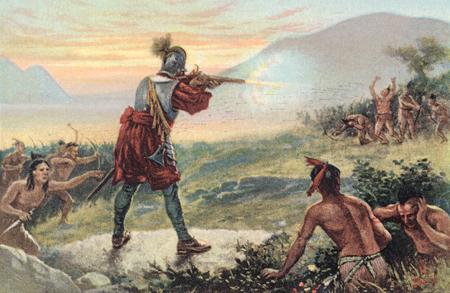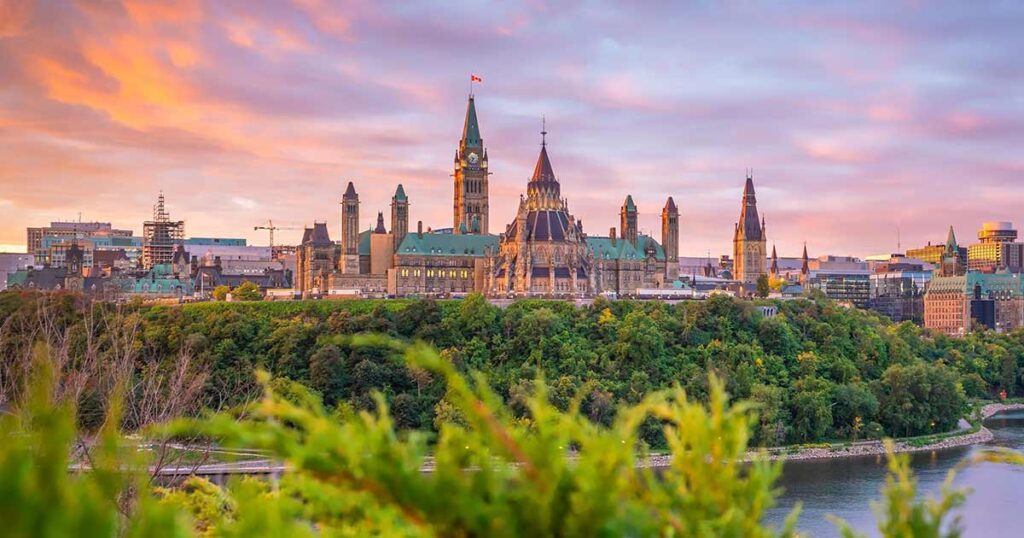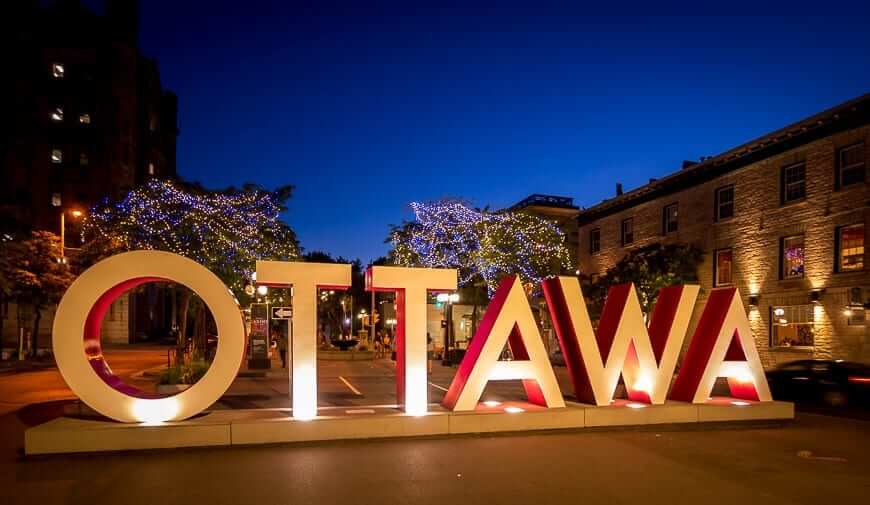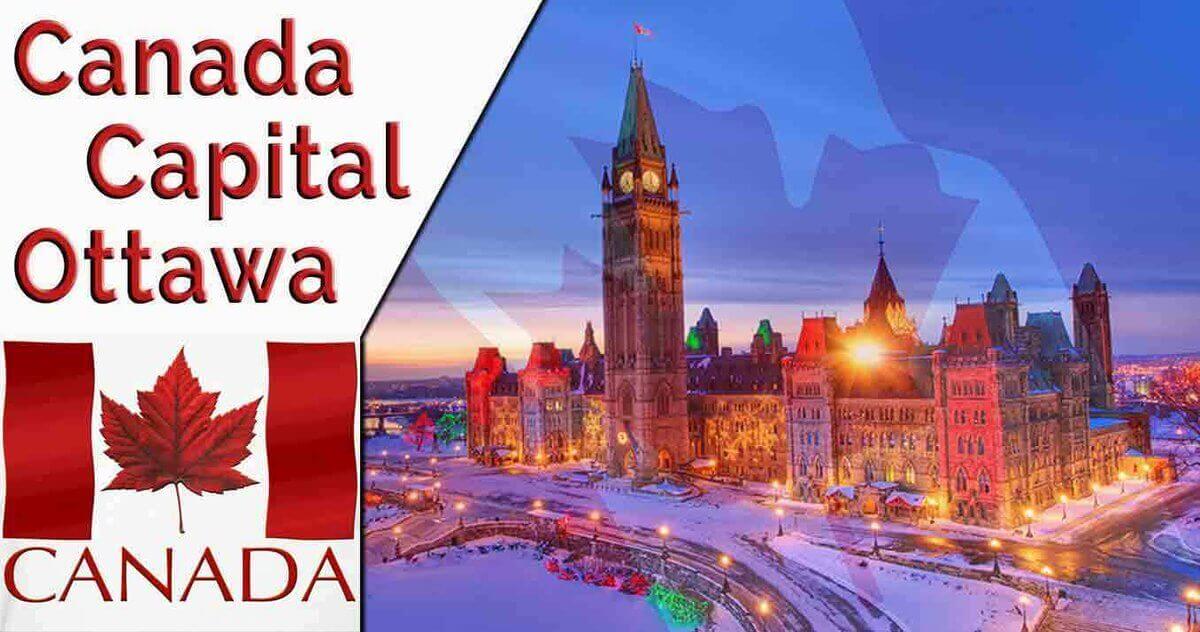Canada is famous for many cities like Vancouver, Toronto, and Montreal. Surprisingly, none of these cities is the capital of the country. Why did Queen Victoria choose Ottawa as the capital of Canada? Let’s find out with me!
Selecting a capital city is not an easy thing. Should it be in the center of the country? Should it be the biggest city? Who decides where the funding should be? Many factors go into it. To understand why we need the historical context of Canada and its previous colonization.
History of Colonial Canada

Real colonialism began in the mid-1500s. Canada remained under French control for more than a century. The growth of trade accompanied the development of existing British settlements. Soon, the British colonies were more extensive and more profitable than the French regions of Canada.
By the 1700s, Great Britain was interested in acquiring as much control of North America as possible, and its armies defeated France in 1759 at the Battle of the Plains of Abraham, which took place near Quebec City.
Canada was a British colony known as the “Province of Quebec,” and British shipping would prevail from that point on. The British takeover would play an essential role in balancing relations between French and English-speaking Canadians and determining the capital of another former British colony in London south – the United States of America.
Why was Ottawa chosen as the capital?

While Canada is a relatively youthful country, the capital has been decided for a while. In 1857, several cities competed to be the capital. To solve it, Queen Victoria chose Ottawa. Her choice of Ottawa – a relatively small and newly incorporated city – surprised many. Why did she do that?
There are old folk tales about how she chose Ottawa to be the capital of Canada: she did so by sticking her hat on the map nearly halfway between Toronto and Montreal, or she liked watercolor paintings. While she had seen about this area, there are some political and economic reasons, while this is a fun picture of events.
Ottawa holds a lot of promise: it’s starting to grow economically and is home to a unique rail system; it also has a long commercial history due to its location near several rivers. In addition, it was centrally located between the cities of Montreal and Toronto and was located along the border of Ontario and Quebec (the center of Canada at the time). It’s also far from the US border, making it safer from attacks.
The story between Toronto and Montreal may be part of an old folktale, but there are political reasons behind it. Toronto and Montreal represent the English and French parts of Canada. These two cities, the largest in Ontario and Quebec, were the heart of Canada in the mid-19th century. Choosing Ottawa was a good compromise, as the Queen did not want to appear to favor one large city over another.
But not everyone agrees with the Queen’s choice. Toronto became the capital for the next two years. Six years later, it’s Quebec. It was not until 1866 that Ottawa was officially designated as the capital city of the Province of Canada and began to host Parliament.
Like the United States, Canada has chosen its capital to separate from its largest cities. This allows the head of government to separate from the economics of the cultural locations. Ottawa is the political capital of Canada, where politicians are headquartered and where most federal politicians will reside.
What should you do when visiting Ottawa – the capital of Canada?

Since it is the political capital, you must visit the political places. The magnificent Gothic Revival Parliament Hill is located in the city center overlooking the Ottawa River. The building houses the Parliament of Canada and is an important tourist attraction.
Three buildings decorate Parliament Hill, as well as a large formal garden. The complex facilities have been the site of many national celebrations, rallies, and performances. Tours are available several times a day in both English and French. They last between 30 and 60 minutes, although you must arrive at 9 a.m. to reserve your spot for the day.
As the capital of Canada, it’s no surprise that Ottawa is home to many national museums. The Canadian Museum of History, the Canadian Museum of Nature, the National Gallery of Canada, the Canadian War Museum, and the Canadian Museum of Agriculture are just a few of the museums located in Ottawa.
Related Post about Canada:
SAVING MONEY in Montreal Tips Canadian visitors can’t skip
10 Super Weird Things About Canada That Will Surprise You!

Very interesting points you have remarked, thanks for posting.